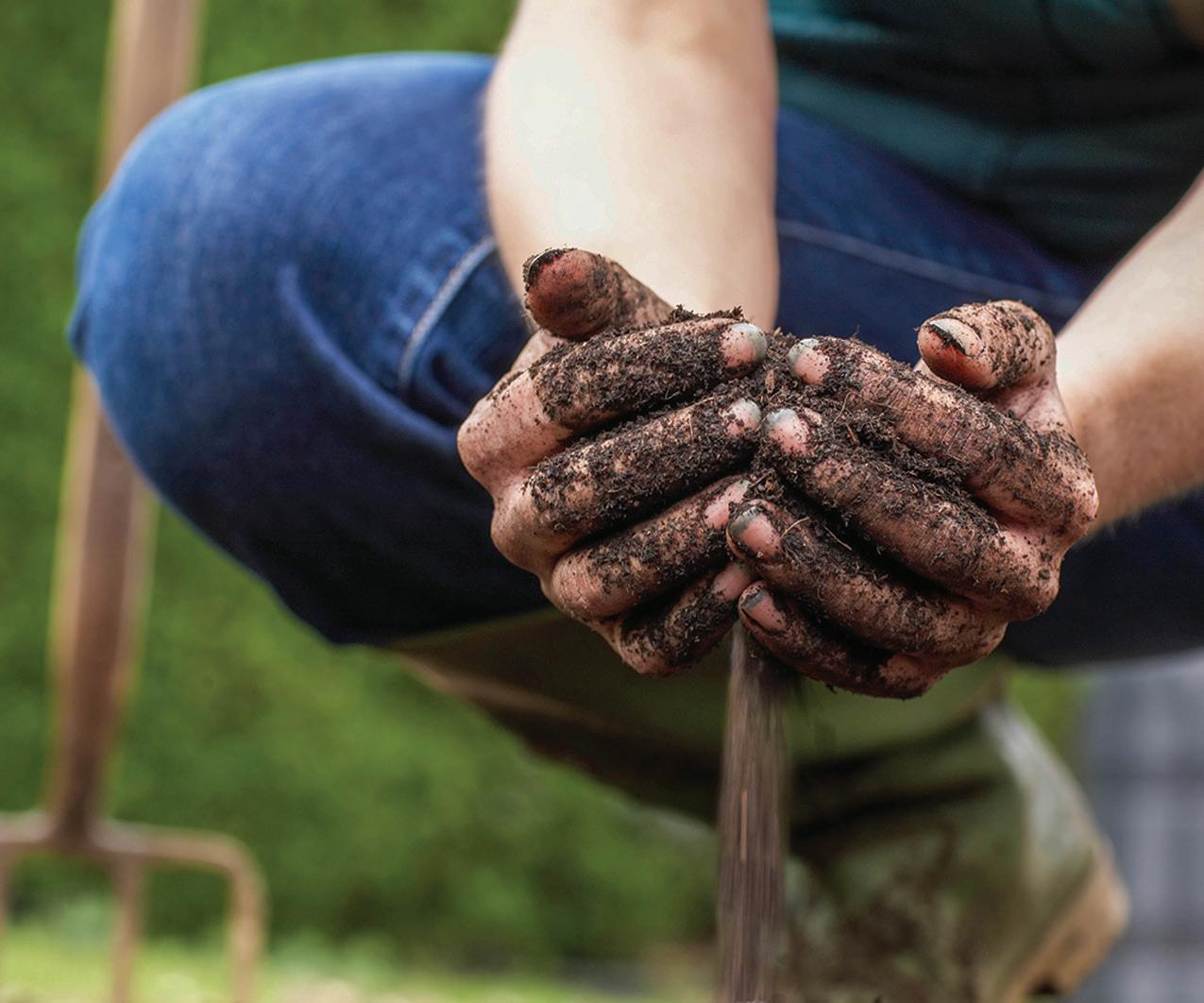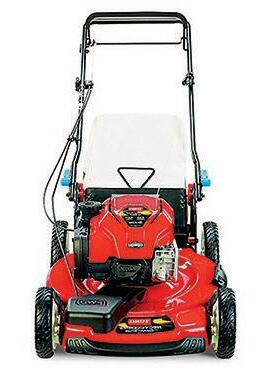
3 minute read
How to prepare soil for spring planting
Spring is a season of rejuvenation, and perhaps nowhere is that rebirth more noticeable than in the yard.


Extra sunlight and rising temperatures make spring a great time to plant flowers, grasses and trees. To ensure successful planting, homeowners must take steps to prepare the soil. Healthy soil can provide the ideal conditions for roots to take hold, helping plants establish themselves before potentially harsh summer conditions arrive. Preparing soil might seem like an extensive job, but a simple approach may be all that’s necessary to create conditions that promote plant growth this spring.
• Clean up the previous months’ mess. Whether homeowners live in regions marked by year-round warmth or places where winter typically features heavy snowfall, it’s a good idea to clean up an area prior to spring planting. Fallen leaves, rocks, grass clippings, and other debris can contribute to compacted soil that makes it hard for plants to establish strong, healthy root systems. Clear away any debris prior to planting before taking the next step in your soil preparation routine.
• Loosen the soil. Once debris has been cleared away, loosen the soil. Depending on the size of the area where you’ll be planting, you may need to invest in tools like a shovel, spade, spading fork, and/or a lawn edger. If you’re planting in a small area, such as a deck planter box that still has soil from last year’s planting inside it, you can either clean the box and replace the soil entirely or dig around with a handheld trowel, cultivator and/or weeder. It’s important to loosen all of the soil around where you will ultimately plant prior to planting to ensure water can reach the roots.


• Test and, if necessary, amend the soil. A simple pH test can help determine the acidity or alkalinity of the soil. This is an important step as soil that is too acidic or alkaline can decrease the availability of nutrients the plants will need to thrive. In addition to conducting a pH test, which can be purchased at little cost at a local home improvement store, homeowners can contact their local Cooperative Extension Service to test their soil quality. These tests will reveal soil pH, but also can shed light on the texture of the soil and other components. Once the test is conducted, the local Coop
Extension Service may recommend amendments to improve the nutritional quality of the soil so new plants can thrive.
Soil conditions go a long way toward determining if new plants will thrive. Preparing the soil prior to spring planting can ensure a successful season.

Warm weather means more time to relax outdoors. For those homeowners lucky enough to have entertaining spaces outside, spring and summer provides plenty of opportunities to enjoy fresh air under the sun or stars.



Over the last few years, families have become especially familiar with what works about their yards and where there is room for improvement. Pandemic-related travel restrictions and early stay-at-home mandates resulted in plenty of time spent in backyards on staycations. Even though many such restrictions have been lifted, homeowners may have seen the benefits of having functional respites right outside their doors.
A backyard renovation can cost anywhere from $5,000 to $50,000. The American Society of Landscape Architects suggests homeowners budget the cost of a major landscaping project at between 5 and 10 percent of their home’s value. Large or small, here are ways to make an outdoor oasis at home.

Create living privacy
Living in close proximity to neighbors may make privacy harder to come by. Wood or vinyl fences, however effective, may not provide the all-natural look many people desire. Vertical gardening, which trains easy-care vines like English ivy, Clematis or various climbing roses to grow on trellis or fencing adds greenery and privacy. Hedges and fast-growing shrubs also can be used for natural barriers.

Provide outdoor atmosphere



Create a bespoke bistro vibe by using freestanding planters and posts along with hanging lights to make an intimate outdoor hangout spot at night. For those with permanent structures, like a deck or a gazebo, lights can be strung across the area or on railings or edging.
Extend the living space
Decks and patios can help make outdoor entertaining areas more comfortable by eliminating the need to sit on the grass or gravel. Plus, they add another “room” to the home. When paired with weatherproof patio furniture, such as sofas, loungers and tables, a private seating area can be crafted and utilized for any number of entertaining desires.
Hang a hammock
Few things evoke feelings of relaxation better than a hammock. Fitted between two trees (or two posts if trees are sparse), a hammock is an ideal place to grab a nap or read a book.

Additional oasis-inspired ideas include outdoor kitchens, letting up lanterns, cascading water features, and bird feeders to attract the sounds of nature.

Install a pool
Pools are the ultimate spots to cool off on hot days. An elaborately shaped inground pool can blend in with the landscape and offer the ultimate hangout zone. However, above-ground pools also serve the purpose and are more budget-friendly. Stock tank pools are popular among those who want minimal pool expenditure or have small spaces to work with. Stock tanks are metal vessels traditionally used as watering holes for livestock. They also can be “adult kiddie pools” when combined with some plumbing. Galvanized steel frames make them sturdy. With floats and other accessories, they can become the perfect oasis.



